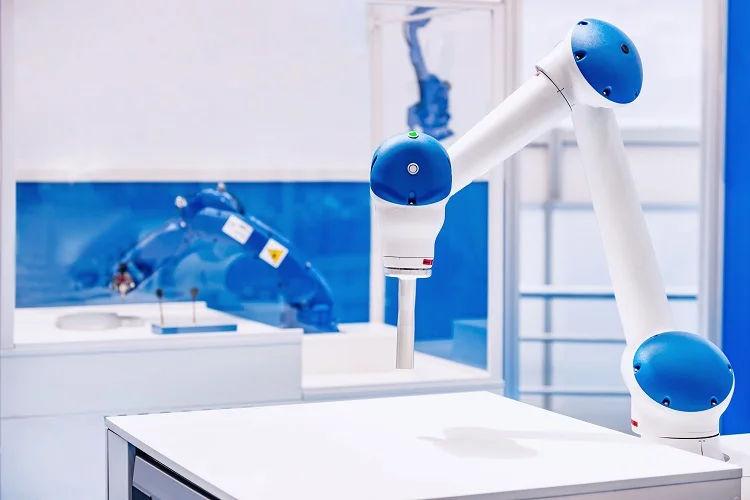
Robotic Process Automation (RPA) is a software technology that automates business processes. Using this technology, one can build, deploy, and manage robots that can mimic the interaction of a human with the computers. The robots can understand what's on the digital monitor, perform typing, navigate systems, and perform various actions that are defined as part of their routine. Robotic Process Automation is more beneficial as the robots can perform various tasks faster and more consistently than people.
- Robotic process automation streamlines workflows, which makes organizations flexible, and responsive.
- RPA is non-invasive and can be rapidly implemented to accelerate digital transformation.
- Bots are typically low-cost and easy to implement, requiring no custom software or deep systems integration.
Consider Bob, who is an employee at a financial institute. Bob has a simple everyday task. He needs to go through all the billing systems present at his organization and replicate the information such that all the systems reflect the same data. Bob's job is simple but tedious. It is also prone to numerous human errors. Bob now wants to find a way to automate this process so that the system updates all the information accurately on time.
The above-mentioned task can be easily handled by Robotic Process Automation. RPA provides agents that interact with different information systems, thus partly replacing humans. Using Artificial Intelligence (AI) and Machine Learning (ML), this can be done in a fairly robust manner. For example, the RPA agent should continue to work properly when the web interface of some application changes. The use of AI/ML helps to interpret changing interfaces, thus making it very different from traditional “screen scraping” (also called web scraping or web harvesting). AI/ML can also help to mimic human behavior in combining different applications (solution recipes).